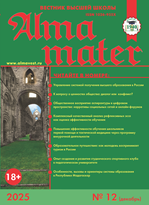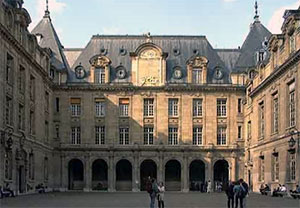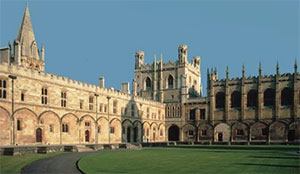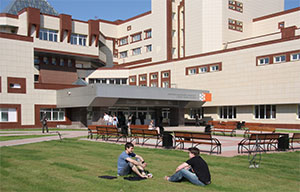References
1. Abramov, R.N., Gruzdev, I.A., Terentev, E.A. (2016). Academic Profession and Ideology of ‘Slow Scholarship’. Vysshee obrazovanie v Rossii [Higher Education in Russia]. No. 10 (205). P. 62–70.
2. Aygunova, O.A., Salikova, E.V., Mkrtchyan, V.A. (2018). The survey method ‘360 degrees’ in assessment of teacher’s professional activities. Vestnik of TSPU. No. 5 (194). P. 232–239. DOI: 10.23951/1609-624X-2018-5-232-242
3. Aleshkovski, I.A., Gasparishvili, A.T., Krukhmaleva, O.V., Narbut, N.P., Savina, N.E. (2021). Russian Higher School: Forced Distance Learning and Planned Switch to Distance Learning during Pandemic (Experience of Sociological Analysis). Vysshee obrazovanie v Rossii [Higher Education in Russia]. Vol. 30. No. 5. P. 120–137. DOI: 10.31992/0869-3617-2021-30-5-120-137
4. Barbashova, E.V. (2016). University staff assessment: expert-analytical approach: Scientific monograph. Orel: RANEPA Publishing House.
5. Burakanova, G.M. (2019). Method of analyzing hierarchies for assessing the results of scientific activities of university teachers. Greater Eurasia: development, security, cooperation. Vol. 2. Part 1. P. 467–469.
6. Vasilieva, E.Yu. (2007). The rating of teaching staff activity and faculties in higher institutions. University Management: Practice and Analysis. No. 3. P. 39–48.
7. Rudakov, V.N. (2021). Salary of the head of Russian universities and an effective contract: Information Bulletin. Moscow: HSE University Press.
8. Kochukhova, E.A. (2020). Academic profession as perceived by faculty. Educational Studies. No. 2. P. 278–302. DOI: 10.17323/1814-9545-2020-2-278-302
9. Kuzminov, Ya.I., Yudkevich, M.M. (2021). Russian Universities: how the system works. Moscow: HSE Publishing House.
10. Myalkina, E.V., Zhitkova, V.A. (2018). System of complex evaluation of administrative staff in the university: practice and features. Vestnik of Minin University. Vol. 6. No. 1.
11. Noskova, A.V., Proskurina, A.S. (2019). Rankings in universities: an empirical MGIMO case. Sociological studies. No. 10. P. 69–75. DOI: 10.31857/S013216250007104-7
12. Polevaya, M.V. (2019). Performance evaluation system of employees of higher education institutions: current practice and key performance indicators. Social and labor research. No. 37 (4). P. 98–105. DOI: 10.34022/2658-3712-2019-37-4-98-105
13. Decree of the Government of the Russian Federation of August 5, 2008 No. 583 “Regulations on the establishment of remuneration systems for employees of federal budgetary, autonomous and government institutions and federal state bodies, as well as civilian personnel of military units, institutions and divisions of federal executive authorities, in which the law provides for military and equivalent service, remuneration for which is carried out on the basis of the unified tariff schedule for remuneration of employees of federal government institutions” (with amendments and additions). [Electronic resource]. URL: https://base.garant.ru/193695/ (accessed on: 30.12.2023).
14. Prakhov, I.A. (2019). The determinants of academic salaries in Russia. Higher Education. No. 77 (5). P. 777–797.
15. Teaching work in modern Russia: transformation of content and assessment: monograph (2016) / A.P. Bagirova, A.K. Klyuev [et al]. Prof. A.P. Bagirov (ed.). Ekaterinburg: Publishing House Ural University.
16. Order of the Ministry of Health and Social Development of the Russian Federation dated December 29, 2007 No. 818 “On Approval of the List of Types of Incentive Payments in Federal Budgetary, Autonomous, Government Institutions and Clarification on the Procedure for Establishing Incentive Payments in these Institutions” (with amendments and additions). [Electronic resource]. URL: https://base.garant.ru/192714/ (accessed on: 30.12.2023).
17. Trapitsin, S.Yu. (2007). System for assessing the quality of activities of the university teaching staff. Universum: Bulletin of the Herzen University. P. 11–18.
18. Khodueva, K.S. (2018). Management of Human capital and its development using KPI based on the competent approach in the state organization. Science, technology and education. No. 4. P. 68–71.












.png)






